aircraft
Latest

Porsche starts work on flying passenger drones
You might have to cross another item off of the list of things you never thought Porsche would do. Automobilwoche has claimed that Porsche is developing passenger drones, and is close to showing off its first design sketch. While there's clearly not much to show at this point, you would have some control over the machine but wouldn't need a pilot's license -- like other in-progress drones, a large chunk of the flight control would be automated.

EHang shows footage of its passenger drone in flight
EHang has been talking about its 184 passenger drone for ages, but there's been a curious absence of footage showing manned flights. Thankfully, it's rectifying that situation: the company has posted a video showing the EHang 184 in action through a series of manned tests. The clip shows both single- and double-seat models going through the paces, including extreme conditions such as typhoon-level winds, intense maneuvers and high-altitude climbs. There's a definite Blade Runner vibe -- EHang's personal vehicle like one of the sci-fi franchise's Spinners, just with rotor blades.

Boeing shows its vision for a hypersonic spy aircraft
Lockheed isn't the only one hoping to make a hypersonic spy aircraft. Boeing has provided early details on its own design for a hypersonic tech demonstrator that would lead to a spiritual successor to the SR-71 Blackbird. In some ways, it's a logical extension of the company's X-51A Waverider: the wedge-shaped, twin-tail body is designed to minimize drag while gulping in as much air as possible. It would be about as long as the Blackbird, but its Mach 5-plus top speed would leave the older Mach 3.2 jet far behind.
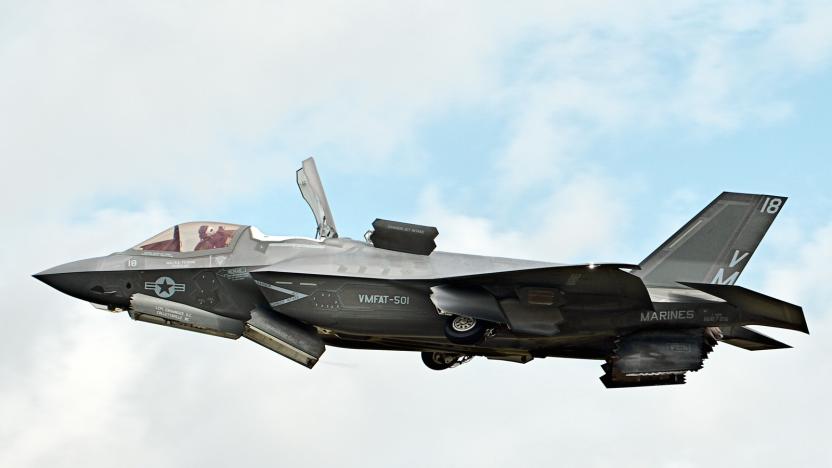
F-35 may see combat in 2018
After a very long and problematic development process, the F-35 Lightning II is about to serve on the front lines. The US Marine Corps is deploying the F-35B (the short takeoff and vertical landing variant) to ships in the Central and Pacific Command theaters in the spring and summer of 2018. The 13th Marine Expeditionary Unit is traveling aboard the USS Essex, which is headed to the Middle East, while the 31st will be attached to the USS Wasp and might head to the coast of North Korea.
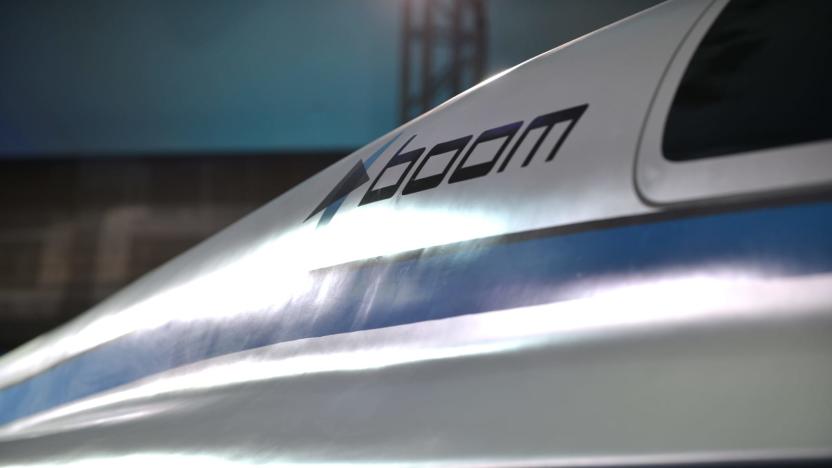
Boom's supersonic jets get $10 million boost from Japan Airlines
Boom's plan to revive supersonic passenger jets just got an important financial boost. The startup has revealed that Japan Airlines is investing $10 million, and that the carrier also has the option of buying up to 20 of the company's faster-than-sound airliners. If it does, that would give Boom a total of 76 pre-orders, making the Concorde seem like a modest experiment. JAL has actually been working with Boom for "well over a year," Boom said, but the investment makes the alliance official.

Airbus, Rolls-Royce and Siemens team on a hybrid electric aircraft
Purely electric aircraft are still in their relative infancy. Hybrid aircraft, however? They're closer than you think. Airbus, Rolls-Royce and Siemens are partnering on a hybrid electric aircraft prototype, the E-Fan X, that will prove the mixture of conventional and electric engines will work. The demonstrator will modify a BAe 146 by replacing one of its gas turbine engines with a 2MW electric motor, followed by a second if everything goes smoothly. It's currently slated to fly sometime in 2020.

GE’s huge 3D metal printer makes aircraft parts
GE has unveiled its previously-announced 3D metal printer, suitable for making aircraft parts. At the manufacturing trade show formnext in Germany, the GE Additive team revealed the as-yet-unnamed machine, demonstrating its ability to print parts as large as 1 meter in diameter directly from a computer file. Using additive manufacturing technology, the machine fuses together thin layers of metal powder with a 1-kilowatt laser.
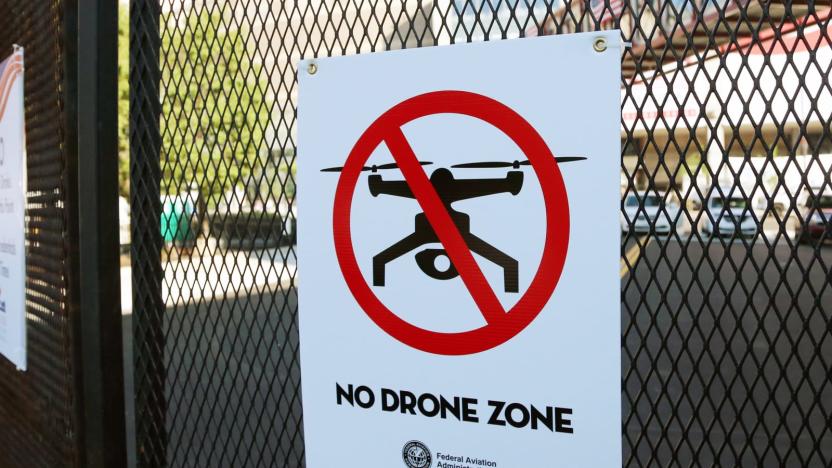
Drone hits a commercial plane for the first time in Canada
A twin-engined commercial prop aircraft has struck a drone for the first time in Canada, says Minister of Transport Marc Garneau. The Skyjet Beech King Air 100 was on approach to Jean Lesage International Airport in Québec City when it hit an unknown type of UAV. Garneau said that the drone was flying at around 1,500 feet, three miles from the airport -- 500 feet above the legal limit. The plane landed safely and sustained only minor damage, but "it could have been a lot more serious," he told the CBC.
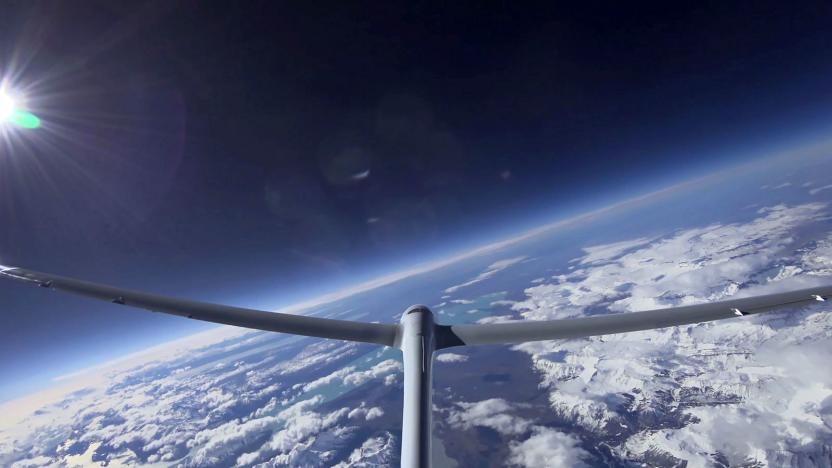
Perlan glider sets altitude record for unpowered flight
Gliders may be inherently limited by their nature (they're dependent on rising air currents), but that isn't stopping them from achieving feats normally reserved for their powered counterparts. The Perlan Project and Airbus have set a new record for engineless flight with Perlan 2, which flew to a lofty 52,172 feet -- well above the 50,727 feet the previous record holder (appropriately, Perlan 1) reached in 2006. The trick was to fly in the right place at the right time.

Watch the US Navy’s electromagnetic catapult launch a fighter jet
The US Navy's next-gen Electromagnetic Aircraft Launch System (EMALS) has already shown it can hurl weighty dead-loads. Now, after months of trials, it just propelled its first actual aircraft. A jet fighter performed the first EMALS launch and recovery from the USS Gerald R. Ford on Friday.
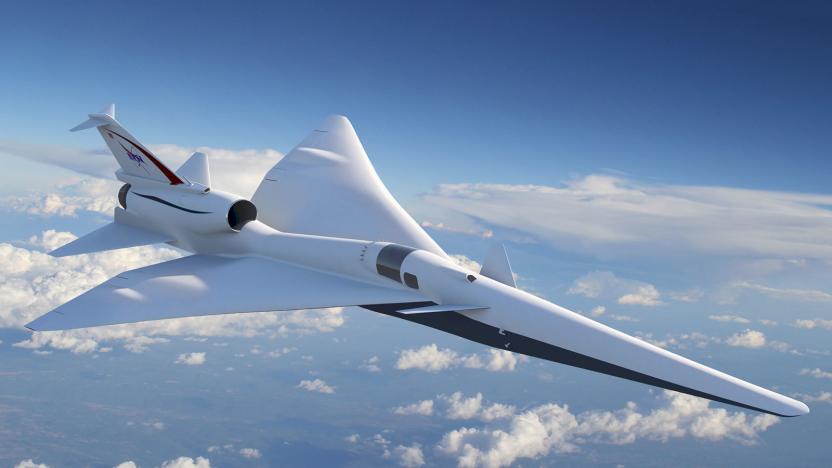
NASA moves ahead with plans to build a quiet supersonic jet
NASA's dreams of a quiet supersonic jet are one step closer to fruition. The agency tells Bloomberg that it'll start taking bids to build a larger (94-foot) real-world demo version of the aircraft that it tunnel-tested in June, and we now have a clearer sense of how well it'll perform in real life. The design is expected to reduce noise to no more than 65dBa, which is exceptionally quiet for an aircraft -- co-designer Lockheed Martin likens it to the inside of a luxury car. That would make it safe to fly just about anywhere. The Concorde, by contrast, was an assault on your ears at 90dBa and was limited to overseas flights.

US Army wants helicopters to refuel at robotic pumps
Militaries regularly set up fueling stations at forward bases so that helicopters can get back to the fight as quickly as possible. However, requiring fuel crews creates huge risks and logistical headaches: you're sending people to a dangerous, isolated section of the battlefield for a fairly mundane role. Thankfully, the US Army might not need to take that risk for much longer. It's testing an unmanned station, the Autonomous & Robotic Remote Refueling Point (AR3P for short), that can top up a helicopter with no human involvement. Much like Tesla's robotic charger, it would use self-aligning, articulated arms to hook a fuel line to a helicopter all by itself. That, in turn, would let helicopters fly at all hours without putting footsoldiers in harm's way, and would likely refuel them faster.
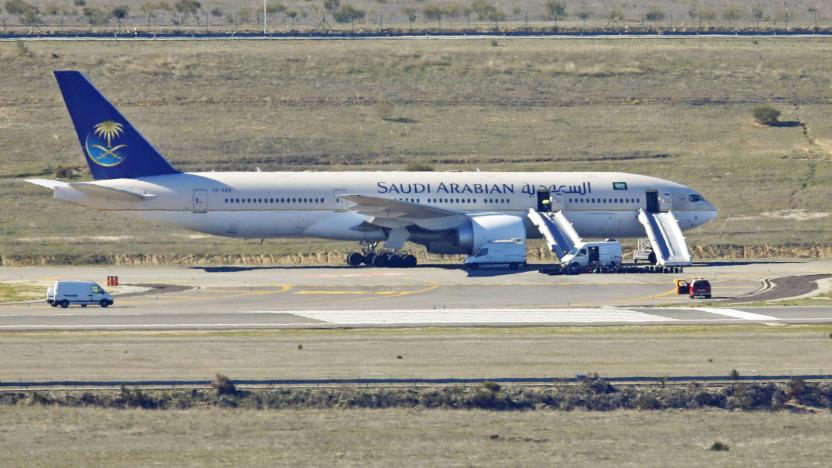
US lifts laptop ban from final Middle Eastern airline (updated)
If you're a business traveller who wants to use your laptop on a flight originating in the Middle East, things are looking up. The US started to lift restrictions for passengers carrying large electronics like laptops on flights originating in the Middle East earlier this month, including lifting the ban at Abu Dhabi airport, and exempting Emirates and Turkish Airlines from the ban. Now, according to a report by Reuters, the US Transportation Security Administration (TSA) has finally lifted the laptop ban on inbound passengers on Saudi Arabian Airlines, the final airline to be under restriction.

Hypersonic aircraft are more realistic thanks to a ceramic coating
There are a few reasons why you aren't flying across the country in hypersonic aircraft, but the simplest of them is heat: when you travel at speeds over Mach 5, the ultra-high temperatures (around 3,600F to 5,400F) strip layers from metal. How do you protect a vehicle when even the toughest ceramic tiles can't handle those conditions? A team of British and Chinese researchers might have the answer. They've engineered a carbide-based ceramic coating that's about 12 times more effective than current ceramics, making hypersonic aircraft more realistic.
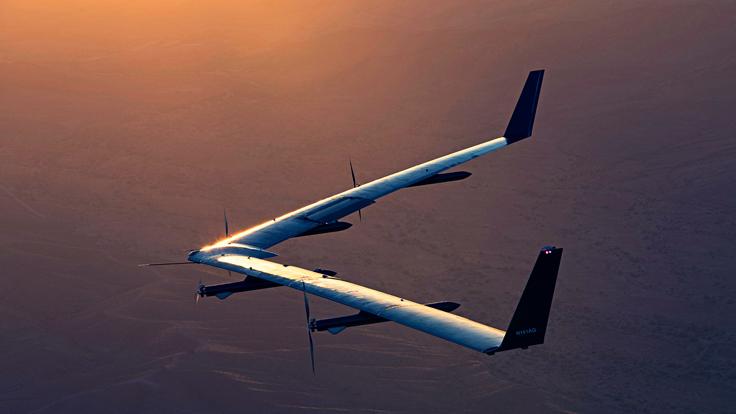
Facebook successfully lands its Aquila drone for the first time
Facebook has been testing its solar-powered unmanned aircraft, Aquila, for the past couple of years. The internet-providing drone made its first full flight last June, though it crashed on landing after the 96-minute flight in Yuma, Arizona. The accident prompted a US investigation, which found that the autonomous plane went down due to windy conditions. The second full flight, just announced by Facebook, took place on May 22, ran for one hour and 46 minutes and landed successfully.

Malaysia Airlines will be first to monitor its planes by satellite
Three years ago, Malaysia Airlines flight 370 disappeared over the South China Sea, starting an multinational hunt for the plane. Despite rumors of a sophisticated hijacking or seizure of the aircraft by a foreign government, it was presumed lost in the ocean. To prevent another disaster over open water, the UN pushed for particular plane signal system that can be tracked from the ground or by satellite. But Malaysia Airlines just struck a deal to use a network of the latter that will enable them to monitor their planes anywhere they fly on earth -- including over the polar ice caps.

iPad bomb threat led to recent device ban on flights
When the US and UK banned people from carrying large devices aboard flights originating in the Middle East and northern Africa, they only made vague claims about this being in response to threat reports. But just what were those threats, exactly? We might have an idea. A Guardian security source understands that the bans were prompted in part by a plot to tuck explosives into a fake iPad. This wasn't the only motivation -- there was a "combination of factors," according to the newspaper -- but it played an important role. It's not clear where and when this faux tablet bomb would have been used.
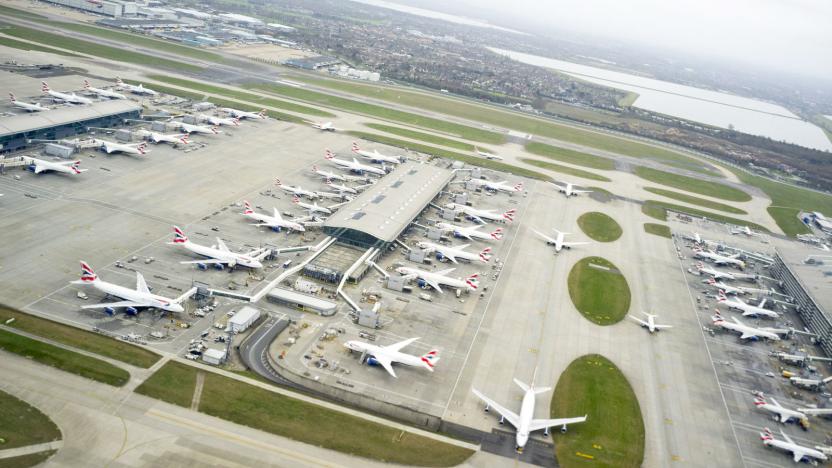
UK also bans devices from cabins on flights from Middle East
The UK has followed the US in restricting electronic devices on flights from several countries in the Middle East and North Africa. Though not identical to the measures implemented by the US, passengers on "select flights" coming to the UK from Turkey, Lebanon, Egypt, Saudi Arabia, Jordan and Tunisia will only be allowed to carry smartphones in the cabin. Any device bigger than 16.0 x 9.3 x 1.5cm, such as laptops, must be stored in checked, hold baggage.

US bans most electronics on Middle Eastern airlines (updated)
The US just made traveling to certain parts of the world considerably more complicated, at least for technology fans. Middle Eastern and African airlines (including Royal Jordanian and Saudia) say the US has asked them to institute a 96-hour ban on carrying most electronics on flights to or from the US, starting on March 21st. You can sit down with your phone or any necessary medical devices, but cameras, laptops and other larger gadgets will have to go into your checked baggage. The exact conditions of the ban aren't yet clear, but an American official said that "12+" airlines are covered, while Saudia exec Abdulrahman al Fahad mentioned 13 countries being affected.
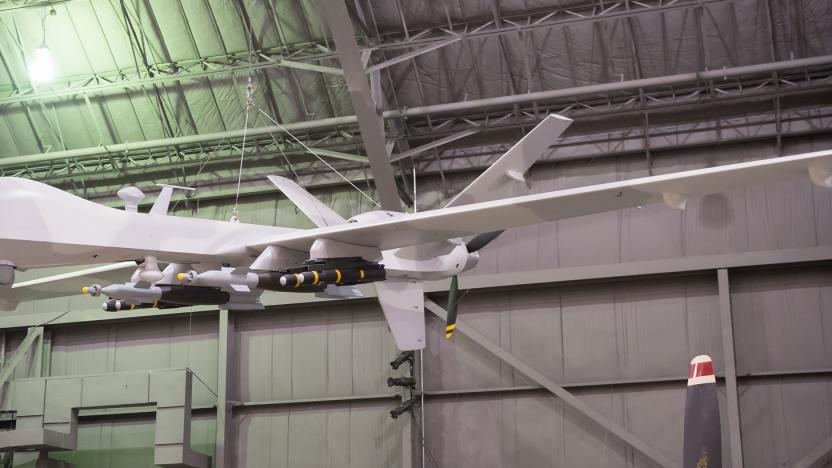
Drone operators outnumber any other type of Air Force pilot
While some might still think of joystick-wielding aviators as the stuff of science fiction, that's no longer the case. A top general told reporters last week that there are now more jobs for drone pilots in the US Air Force than there are for pilots of traditional manned aircraft. Specifically, the MQ-1 Predator and MQ-9 Reaper drones are set to have more than 1,000 pilot operators in the 2017 fiscal year -- that's more than the 889 pilots who fly the troop-transporting C-17, or the 803 flying F-16 fighter jets, according to Military.com.






